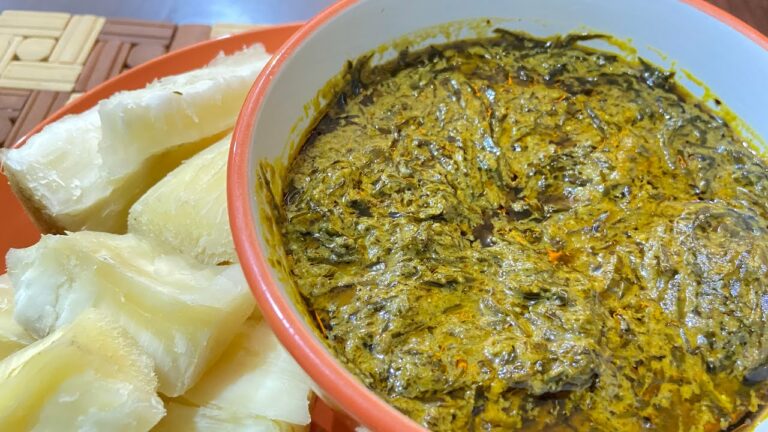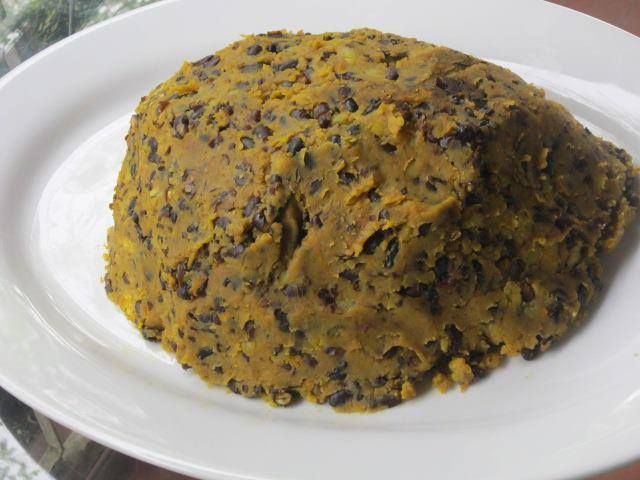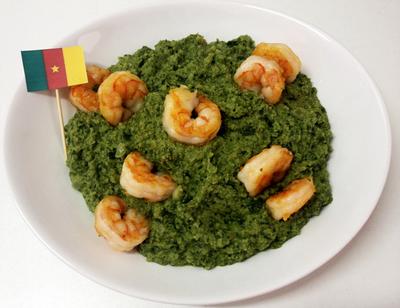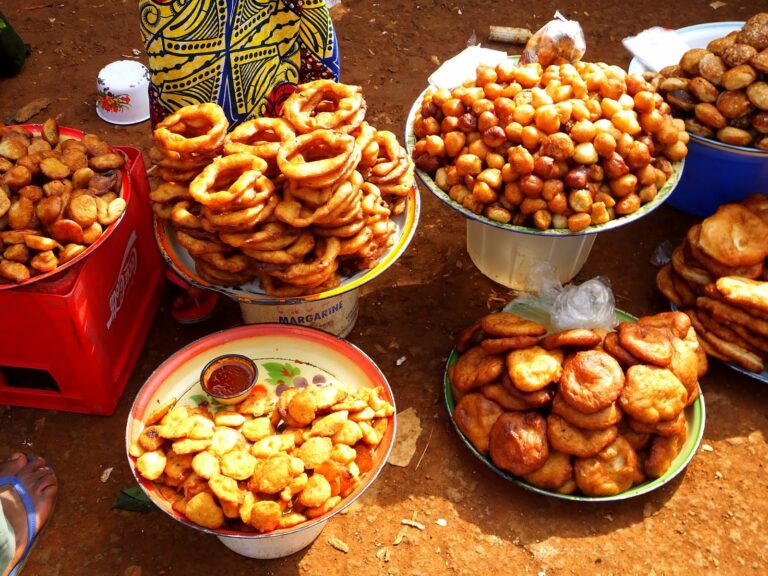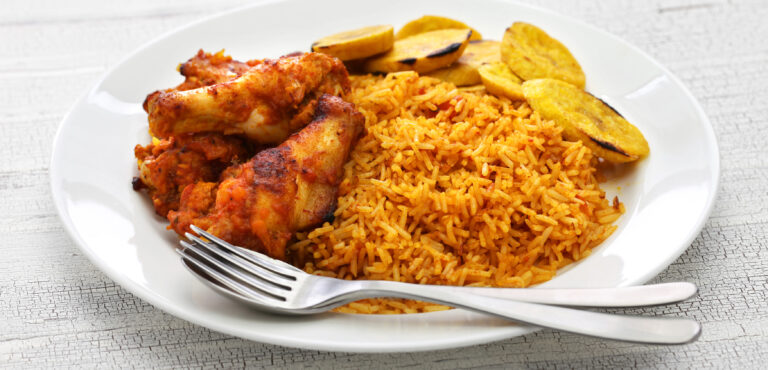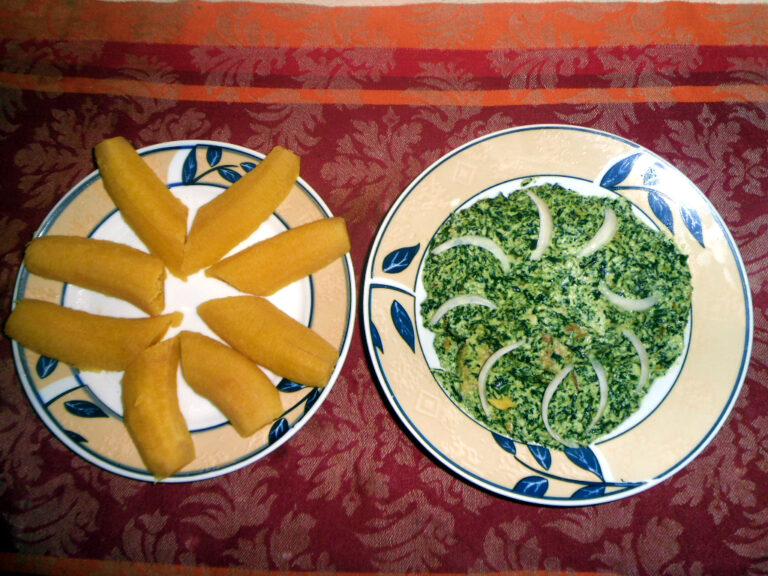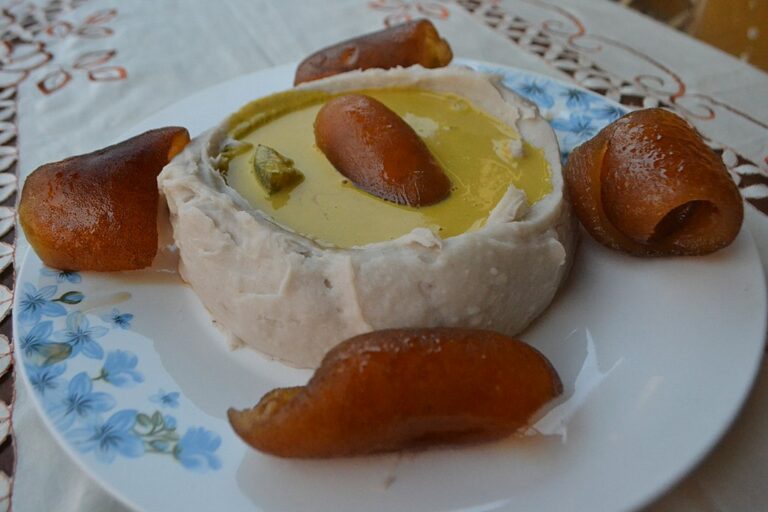Introduction: Cameroon’s Culinary Scene
Cameroon, located in Central Africa, is a culturally diverse nation with over 240 ethnic groups. This diversity is reflected in its culinary scene, which is a blend of West and Central African, French, and Arabic influences. Cameroon’s cuisine is characterized by its use of hearty vegetables, meat, and fish, often cooked in spices and herbs. Despite the presence of international fast-food chains, street food remains an essential part of Cameroon’s culinary landscape.
Street Food in Cameroon: An Overview
Street food in Cameroon is a common sight, with vendors selling food in both urban and rural areas. It ranges from traditional dishes, like cassava and plantain, to more modern offerings such as burgers and French fries. Street food is often a cheaper alternative to restaurants, making it popular among students, workers, and low-income households. It is sold in marketplaces, on the streets, and outside schools and workplaces, making it easily accessible to anyone looking for a quick bite.
Traditional Street Food in Cameroon
Cameroonian street food has a rich history, with many dishes originating from rural areas. Some popular traditional street foods include beignets, a type of fried dough ball, and roasted plantains, which are often served with spicy pepper sauce. Another popular street food dish is Ndolé, a thick soup made from ndolé leaves, peanuts, and meat or fish. These dishes are usually prepared with fresh, locally sourced ingredients and sold by vendors who have passed down their recipes through generations.
Popular Street Food Vendors in Cameroon
Street food vendors are an integral part of Cameroonian cuisine, and many have gained popularity for their unique offerings. One such vendor is Mama Jo, who is known for her fried plantains and chicken. Another popular vendor is Chef Zozo, who specializes in grilled meat and fish. These vendors have become an essential part of the community, with many customers returning to their stalls for their favorite dishes.
Urban vs. Rural Street Food Culture in Cameroon
Street food culture in Cameroon varies between urban and rural areas. In cities, street food is often sold from food trucks or stalls and may be more modern, with offerings such as burgers, hot dogs, and pizza. In contrast, street food in rural areas is often more traditional, with vendors selling dishes made from locally sourced ingredients.
Hygiene Concerns and Regulations
While street food is a significant part of Cameroonian culture, hygiene concerns are often raised due to the lack of regulations. To combat this, the government has introduced regulations to ensure that street food vendors operate in hygienic conditions. These regulations include mandatory food handling courses and periodic inspections of food stalls.
Street Food as a Reflection of Cameroonian Culture
Street food in Cameroon is not just about the food; it’s also a reflection of the country’s diverse culture. The use of traditional ingredients and preparation methods is a testament to Cameroon’s rich history and heritage. Street food vendors also provide a source of income for many Cameroonians, making it an essential part of the local economy.
Conclusion: The Significance of Street Food in Cameroon
Street food in Cameroon is more than just a meal; it’s a way of life. It reflects the country’s cultural diversity, provides a source of income for many Cameroonians and is an accessible alternative to traditional restaurants. While hygiene concerns continue to be an issue, regulations are being put in place to ensure that vendors operate in hygienic conditions. Overall, street food remains an essential part of Cameroon’s culinary scene and a reflection of its rich culture.

